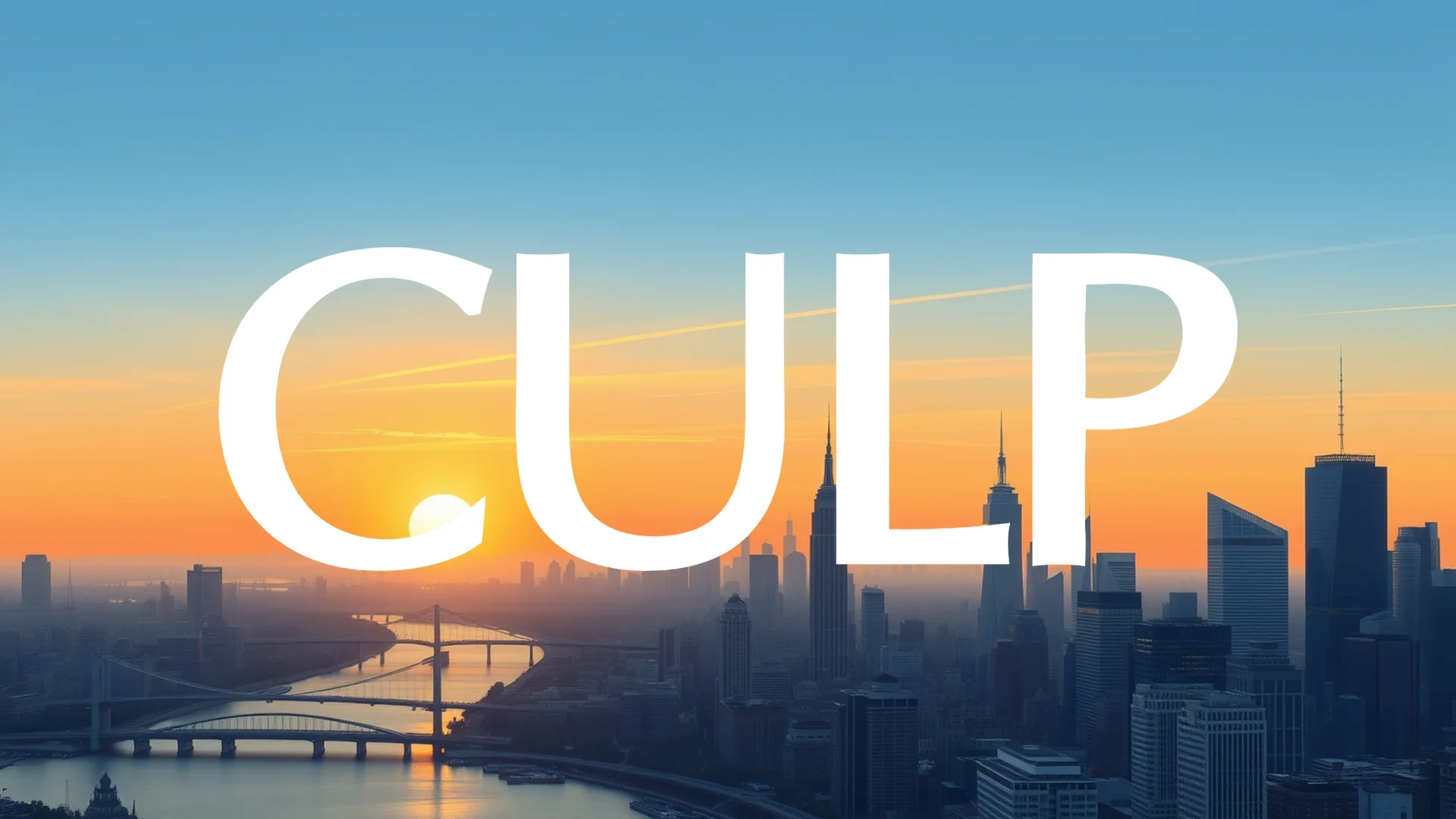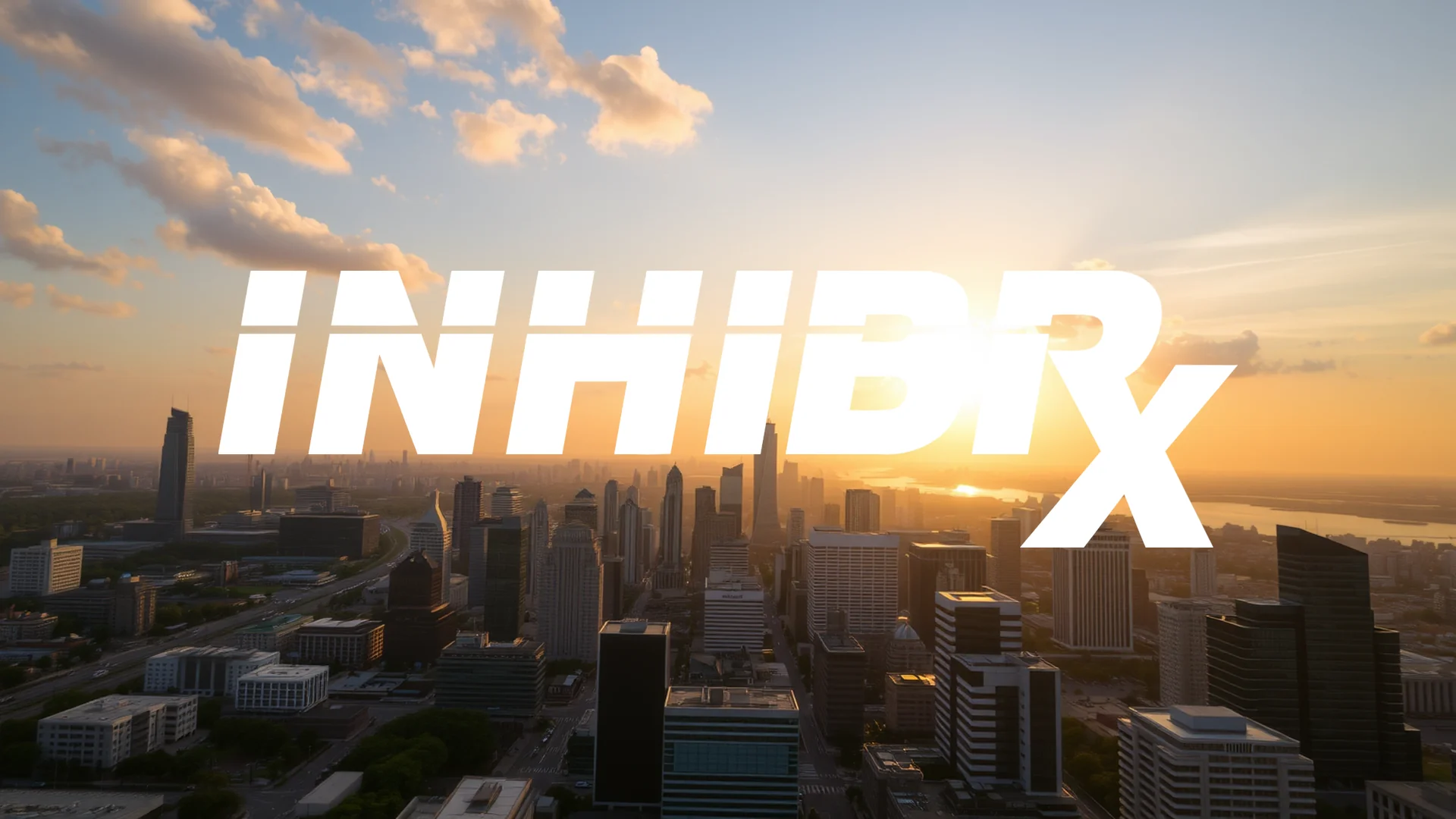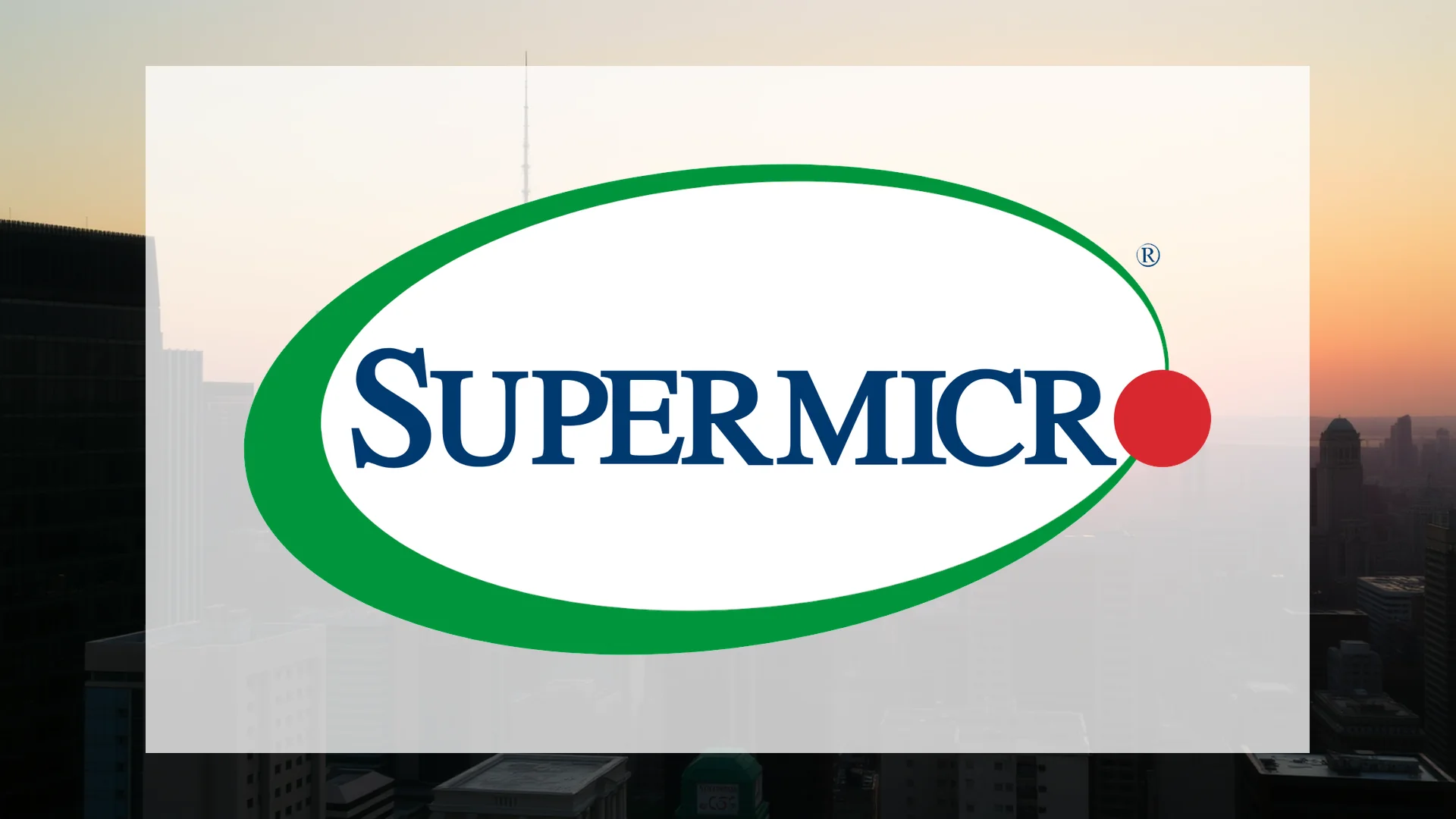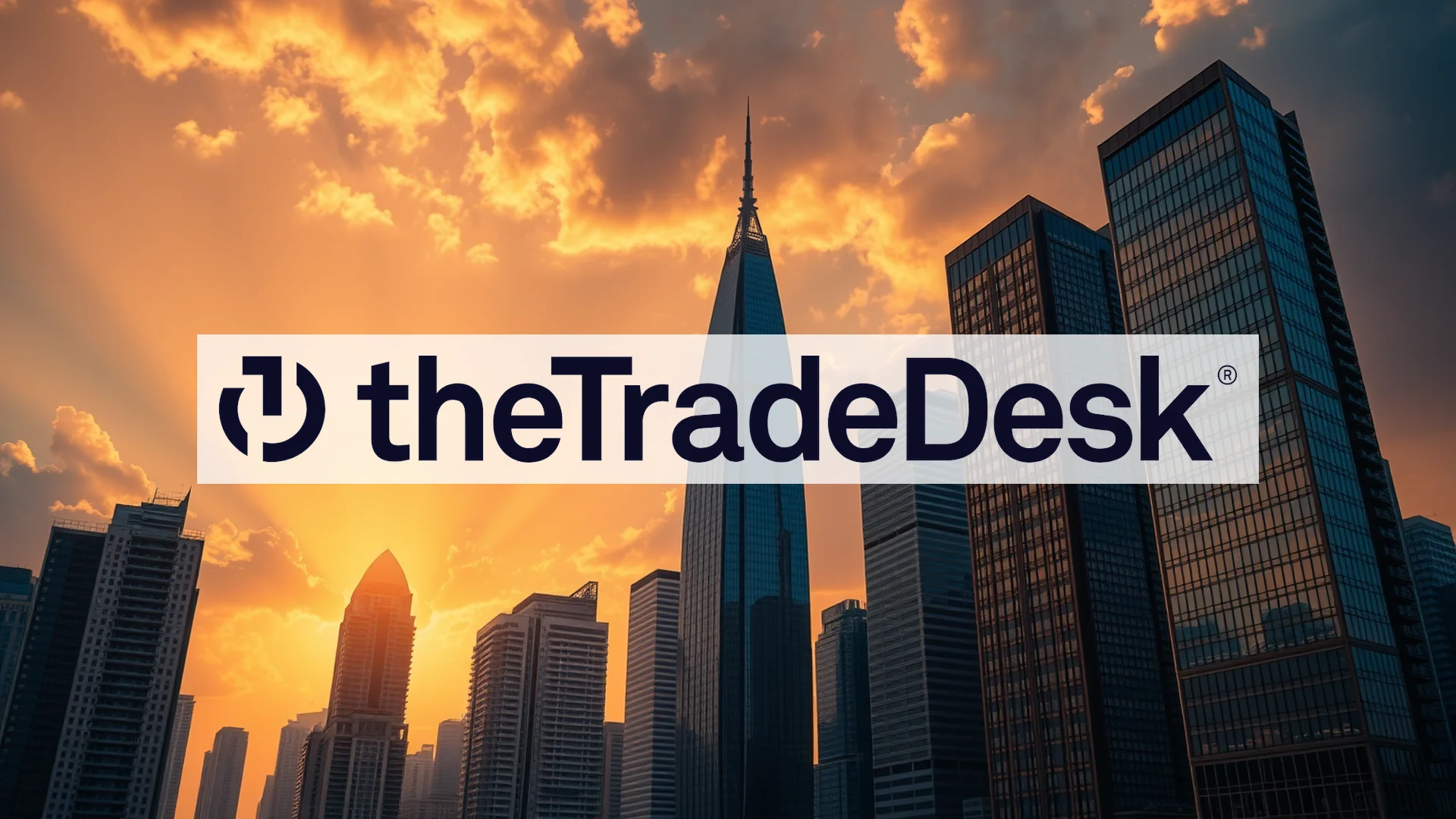The curtain has fallen on Walgreens Boots Alliance’s tenure as a publicly traded entity. Private equity firm Sycamore Partners has finalized its $10 billion acquisition, transitioning the pharmaceutical retailer into private ownership. This watershed moment concludes nearly a century of public market presence for one of America’s most recognizable retail brands.
Transaction Details and Shareholder Compensation
Under the terms of the completed deal, shareholders will receive $11.45 per share in cash, valuing the enterprise—including assumed debt—at approximately $23.7 billion. Investors will additionally retain contingent rights worth up to $3.00 per share, linked to future proceeds from the disposition of VillageMD investments. The immediate delisting of WBA stock from Nasdaq marks the definitive end of public trading for the company.
The acquisition price represents a dramatic valuation decline from the company’s peak. A decade ago, Walgreens commanded a market capitalization approaching $100 billion—the current transaction values the business at merely 10% of that former high watermark, underscoring the severe challenges confronting the retail pharmacy sector.
Corporate Restructuring and Leadership Overhaul
Sycamore Partners is implementing a comprehensive breakup strategy, dividing the conglomerate into five autonomous business units: the core Walgreens pharmacy operations, The Boots Group, Shields Health Solutions, CareCentrix, and VillageMD. This separation aims to enable each entity to concentrate exclusively on its core competencies under private management.
The executive leadership has undergone complete transformation. Following the departure of CEO Tim Wentworth, Mike Motz—formerly of Staples US Retail—has assumed leadership of the newly private Walgreens. John Lederer, a previous WBA director and current Sycamore advisor, has been appointed Executive Chairman.
“We are revitalizing our commitment to the fundamental pharmacy and retail platform as a private enterprise,” Motz emphasized regarding the strategic reset.
Should investors sell immediately? Or is it worth buying Walgreens?
Financial Structure and Market Confidence
The transaction’s financing presents substantial risk factors, with Sycamore funding approximately 83% of the acquisition through debt instruments—characteristic of a leveraged buyout model. Monitoring organizations including the Private Equity Stakeholder Project have raised concerns about the financial vulnerability created by this significant debt burden.
Despite these concerns, Stefano Pessina and his family have demonstrated continued confidence by reinvesting their entire WBA holdings into the private entity. The 35-day “go-shop” period failed to yield competing acquisition proposals.
Sycamore’s specialization in retail investments suggests its approach will likely focus on asset optimization, cost reduction initiatives, and strategic divestitures to reverse the company’s fortunes.
Industry Context and Strategic Implications
This privatization reflects the fundamental transformation occurring within traditional pharmacy retail. While competitor CVS Health successfully diversified through its Aetna acquisition, Walgreens encountered significant setbacks in its healthcare expansion efforts. The failed venture into healthcare delivery necessitated substantial writedowns totaling $5.8 billion in March 2024.
Previous management had initiated turnaround measures, including plans to shutter 1,200 underperforming locations and implement a $1 billion cost reduction program. However, these initiatives required extended timeframes for execution—a luxury more readily available outside the quarterly pressures of public markets.
Although private ownership affords operational flexibility, the combination of elevated debt levels and challenging industry dynamics necessitates meticulous implementation of the restructuring strategy. For the broader pharmacy retail sector, this acquisition signifies a pivotal moment in an industry undergoing fundamental redefinition.
Ad
Walgreens Stock: Buy or Sell?! New Walgreens Analysis from November 15 delivers the answer:
The latest Walgreens figures speak for themselves: Urgent action needed for Walgreens investors. Is it worth buying or should you sell? Find out what to do now in the current free analysis from November 15.
Walgreens: Buy or sell? Read more here...










